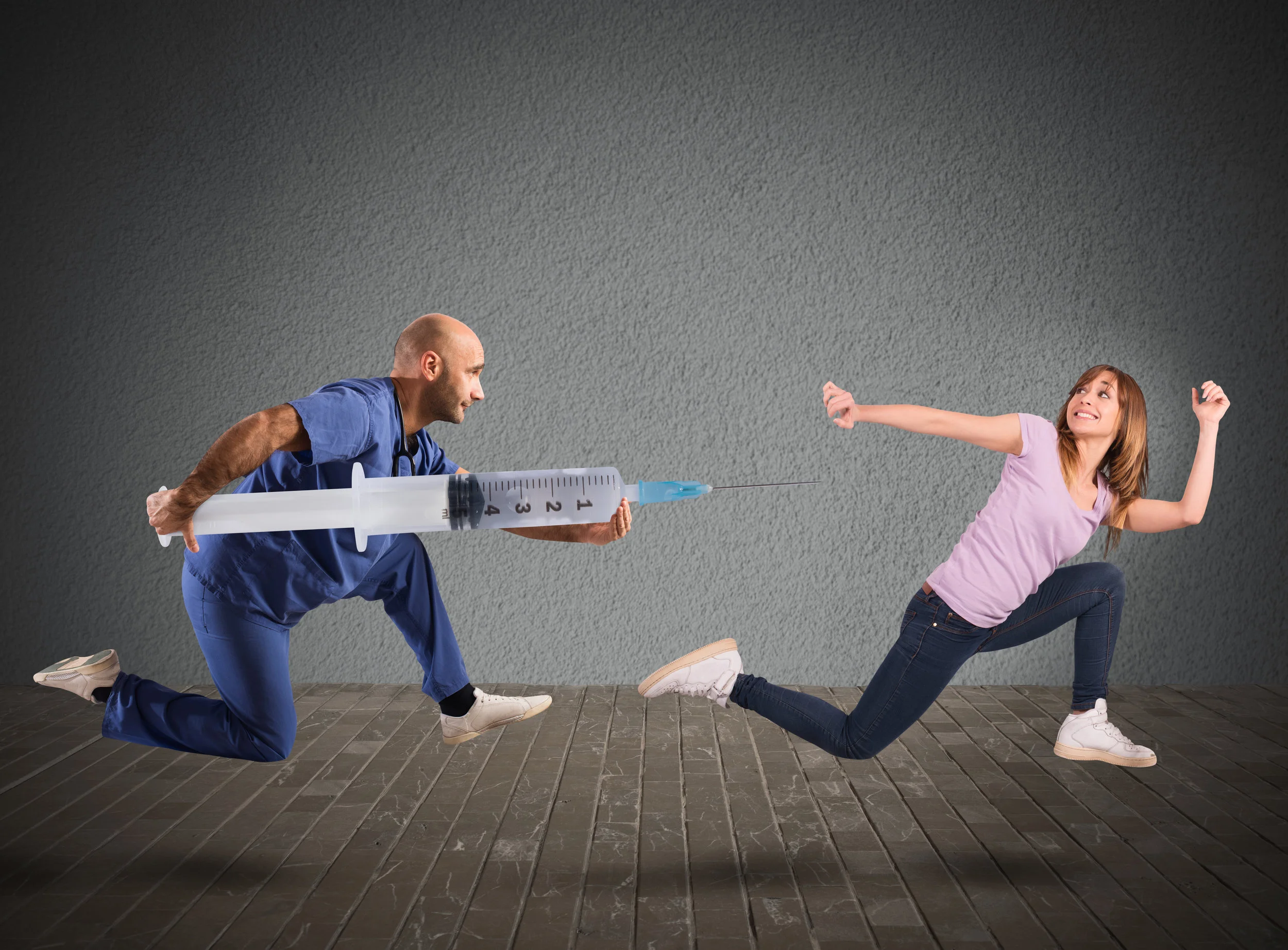As chronic and autoimmune patients it is vital to our state of health to know our bodies and how they react to certain substances, like the meds we take, and certain situations, like the ones that cause stress. Once we know ourselves, we can compensate for any adverse reactions. Sometimes you push yourself to see what happens, but then there are the times you find things out by accident, and it can feel more like a comedy. Or a tragedy. More often than not, it’s a combination of the two.
This is a story about the latter. It’s the story of how I discovered the lower end of my blood sugar range.
I was 20 when I started developing serious complications, nerve death (neuropathy) being one of them. My doctors quickly put me on amitriptyline, which is an antidepressant that is often used to treat pain. It changes the way your brain and nerves communicate pain. Sounds good, right?
Wrong. There were unexpected side effects that caused some trouble. And it was a while before we figured out that they were side effects. (Some of these are going to sound serious and scary, but hindsight brings perspective.)
The first manifestation was during reading period at the end of first semester sophomore year. It was the only time in my life that I actually passed out from a low blood sugar. The amitriptyline was reducing my sugars unbeknownst to me. The comedy part was that the only thing I remember was coming to in the company of a very good-looking ER doctor without a stitch to my name. I basically had to steal a pair of scrubs to get home.
The second time I didn’t pass out. I was on winter break by then, and I had a bad low. My parents had a prescription of glucagon, which is the opposite of insulin. It increases blood sugar in situations where the patient (me) is refusing more conventional means like sugary drinks and candy. (You know how bad it was if I was refusing fruit punch.)
I saw my mom get the syringe, and immediately ran in the other direction. For 20 minutes, she ran after me in circles around the first floor of our house. Think trying to corner an unwilling three-year-old for bed or a bath, just bigger. After 20 minutes, I got tired and suddenly sat down in the middle of the den. She wasted no time jabbing me in the thigh. My mom told me later that I was the nicest I had ever been as a teenager after I gave up.
It happened again the next day – apparently these things happen in twos – but there was no more glucagon. My parents bundled me into the car, barefoot in the rain in January and drove me to a 24 hour clinic. They needed to test my blood, and the nurse started slapping the tourniquet against her hand. What she didn’t know was that I had been a blood test screamer into my teens and I only let one person in my entire city draw blood.* I said, “Get away from me with that thing,” and because I was 19 (an adult) they couldn’t legally treat me. There was no choice but to take me home and wait it out.
The breaking point came with grand mal seizures. Those are the ones with the big muscle contractions. I’d had them when I was recovering from meningitis a dozen years ago, but not since. One Sunday morning, my mother and I were sitting on her bed playing Scrabble while my dad attempted to doze. All of a sudden, my mother was grasping my wrist to keep me from falling backward off the bed, I had knocked my glasses across the room, and my dad was looking at me totally freaked out.
We should have known something was wrong. For a while, my brain had felt like a computer that kept freezing and I had been losing my facility with words, unable to find the ones I wanted. (Me?? Not able to talk right?? Of course something was wrong.) It took a visit to my psychiatrist to figure out what it was. He looked it up and grand mal seizures affected approximately one quarter of one percent of people who took amitriptyline. Though it was dangerous, he told me to stop cold turkey from a 100 mg dose, more than the current recommended max for pain.
I never had a seizure or a blood sugar that low again.
I already knew that my body tended to do things that textbooks said it couldn’t when I didn’t end up wheelchair bound after living through meningitis. This just confirmed it. Even now, I never get the common side effects of my medications, only the weird, uncommon ones. Entertainingly unpleasant as that episode was, it certainly added several pieces to my particular body puzzle. And adding pieces is the only way I can know what I am capable of, how far I can push myself without crossing into the medical danger zone.
It’s not the way I prefer to learn about my body, but it sure does make a good story.
*Her name was Helena, and she had made a career of drawing blood because she saw that in the rush of the ER, staff didn’t really care about how painful the draw was. She didn’t think that little bit of extra pain was necessary. She also did this thing with clear tape and a cotton ball, where she would draw a smiley face on the tape and tug the cotton ball into wisps of hair. I loved that.

